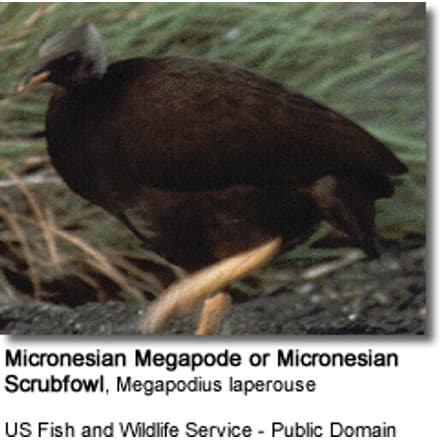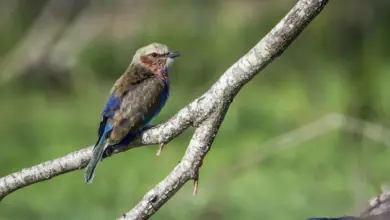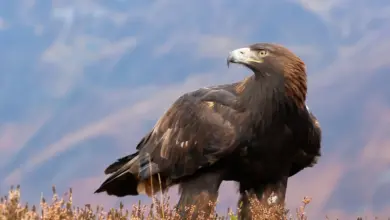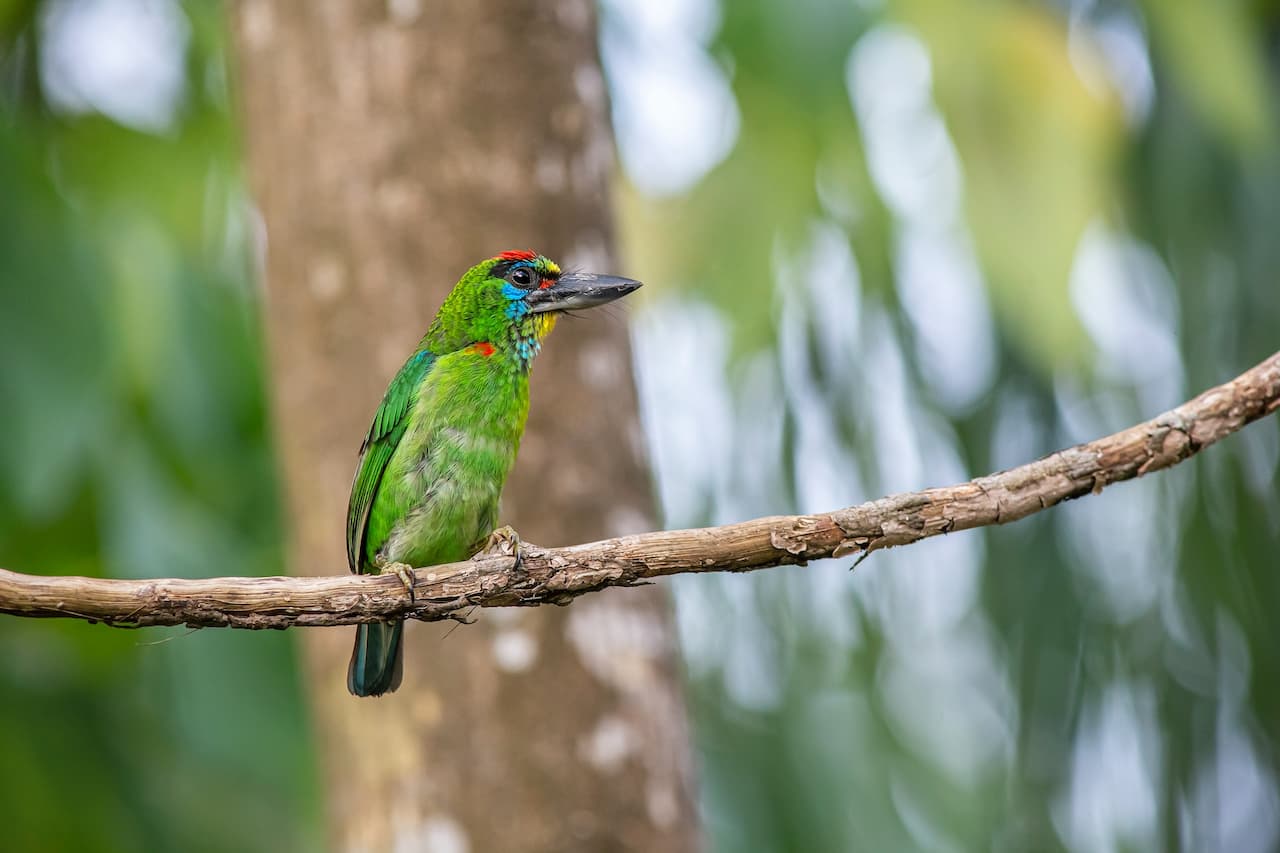Micronesian Megapodes or Micronesian Scrubfowl
The Micronesian Megapodes or Micronesian Scrubfowl, Megapodius Laperouse, is an endangered megapode that inhabits islands of the Western Pacific Ocean.
The Micronesian Scrubfowl (Megapodius laperouse) is named after The French explorer Jean-François de Galaup, comte de Lapérouse.
Description
The Micronesian Megapode is a stocky medium-sized bird that is mostly dark brownish-black in appearance. Its head is paler than its body, and it has a pale grey crest, a yellow bill, and large dull-yellow legs and feet. Its habitat is thick forest and it is omnivorous, eating a large variety of foods from the forest floor.
- Identification 38 cm. Medium-sized, dark megapode with a paler head. Mostly brownish-black with a short pale grey crest. Yellow bill, red facial skin showing through thin feathers. Unusually large, dingy yellow legs and feet. Similar spp. Could be confused with dark morphs of Red Junglefowl Gallus gallus (or feral domestic stock).
- Voice Call A loud “keek”, song often a duet with one bird beginning a rising and accelerating “keek-keek-keek-keek”- etc. culminating in a loud “kee-keer-kew” (Palau) or “keek-keer-keet” (Marianas), the other answering with a rising cackle that slows near the end.
- Behaviour is Often shy and secretive, but becomes relatively tame on inhabited islands where protected from disturbance. Visits nesting mounds several times a day.
Breeding / Nesting
The Micronesian Scrubfowl and some other megapodes are the only birds known to incubate their eggs using volcanic heat.
Status
It is estimated that only 2000–2500 of the species remain. It can be found in the island nation of Palau, and undisturbed islands of the Northern Marianas chain, with several hundred on Sarigan. Reportedly, a small population has recently been reintroduced on Saipan.
The species is currently classified as endangered because it has a very small range, restricted to isolated undisturbed offshore islets. Megapodius laperouse occurs on Palau and the Northern Mariana Islands (to USA), and is extirpated from Guam (to USA).
The bird appears on the 2010 IUCN Red List Category (as evaluated by BirdLife International – the official Red List Authority for birds for IUCN). The species qualifies as “Endangered” because it has a very small range, restricted to isolated undisturbed offshore islets, with few birds elsewhere. Given the multiple threats across its range, it is likely to be suffering from a continuing decline.d List Category
Megapode Information … Megapode Photo Gallery





